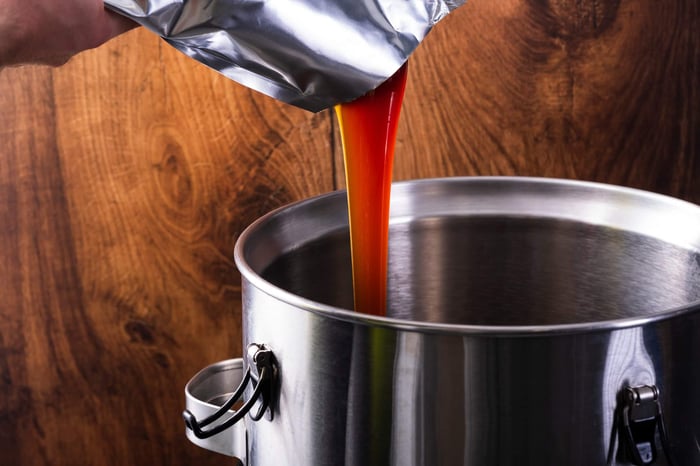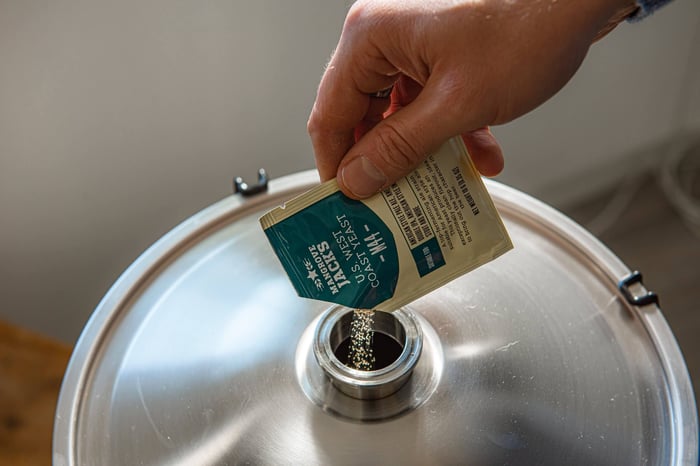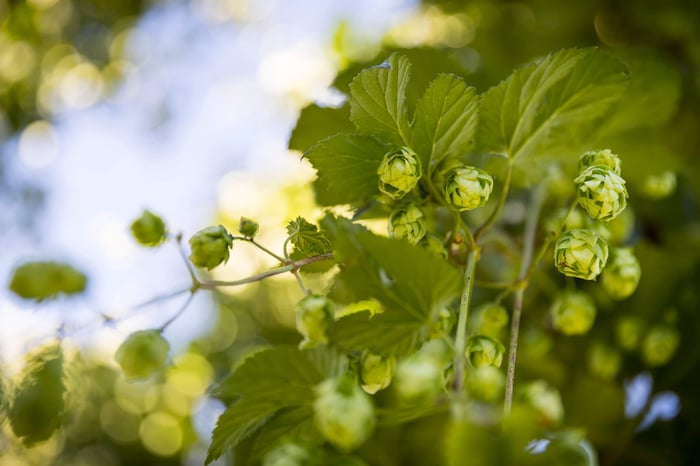If you've been viewing malt extract as strictly beginner territory, it's time for a perspective shift. Professional breweries and award-winning homebrewers regularly incorporate extract into their brewing strategies, and once you understand why, you'll keep some in your brewery too.
Understanding Malt Extract Fundamentals
Malt extract represents concentrated brewing sugar extracted from premium malted barley. This definition, whilst technically accurate, doesn't capture its true brewing potential.
Two primary forms exist:
- Liquid Malt Extract (LME): Viscous, syrup-like consistency
- Dried Malt Extract (DME): Fine powder format
Each type offers specific advantages depending on your application. The grains used during production influence flavour profiles and characteristics.
Conversion reference: 1kg dextrose ≈ 1.1kg DME ≈ 1.2kg LME
Production Process: From Grain to Extract
The manufacturing process mirrors traditional all-grain brewing's initial stages. Malted grains undergo standard mashing procedures to create wort. Controlled heating then evaporates water content, concentrating the sugars.
Advanced production facilities employ vacuum systems, enabling water removal at reduced temperatures. This preserves delicate compounds that contribute to beer quality.
Interesting fact: Extract-based beers consistently perform well in international competitions, often outscoring all-grain counterparts. Technique matters more than method.
Professional Applications for All-Grain Brewers
Creating Robust Yeast Starters
Healthy fermentation begins with adequate yeast populations. Professional brewers understand that proper yeast management separates exceptional beer from merely good beer.
Malt extract simplifies starter preparation significantly:
- Bring water to rolling boil
- Incorporate malt extract thoroughly
- Maintain boil for 10 minutes
- Cool to fermentation temperature
- Transfer to sterile flask
- Pitch yeast
Target specific gravity: 1.030-1.040 for optimal yeast reproduction. This range provides ideal conditions for cellular multiplication without stressing the culture.
Critical consideration: Maintain strict sanitation protocols. Any contamination at this stage transfers directly to your final beer.
The Grainfather App features a comprehensive yeast pitch calculator, determining precise starter volumes and extract requirements.
Gravity Adjustment Techniques
Recipe calculations don't always translate perfectly to actual results. Environmental factors, equipment variations, or process changes can affect extraction efficiency.
Scenario: Target pre-boil gravity 1.053, actual reading 1.046
Solution: Calculate deficit (53 GU - 46 GU = 7 GU shortfall)
High-Strength Beer Production
Brewing elevated-alcohol beers typically requires extended boiling or maximum grain bills. When equipment limitations or time constraints restrict these approaches, extract provides an elegant solution.
Strategic extract additions during boiling increase gravity without extending brew schedules or exceeding equipment capacity.
Hybrid Brewing Approaches
Combining extract with specialty grains creates flavour complexity whilst reducing time investment. This approach suits busy periods when full all-grain sessions aren't practical.
You maintain brewing consistency and inventory levels without sacrificing quality.
Contingency Planning
Experienced brewers prepare for unexpected situations. Equipment failures, timing issues, or ingredient shortages can derail brew days. Extract provides reliable backup options.
Optimal Storage Practices
Dried Malt Extract:
- Store in moisture-free, oxygen-limited environment
- Maintain temperature between 10-21°C
- Shelf life: 12 months under proper conditions
Liquid Malt Extract:
- Unopened pouches: 24-month shelf life
- Opened products: Transfer to smallest suitable container
- Refrigerate and consume within 3 months
- Minimise headspace to reduce oxidation
Maximising Your Brewing Potential
Malt extract deserves recognition as a sophisticated brewing tool, not merely a beginner's convenience. Whether developing robust yeast cultures, correcting gravity miscalculations, or producing high-strength beers, extract delivers consistent, professional results.
Explore advanced brewing techniques through our Brewing 101 series designed for serious brewers.
Questions about extract applications? Contact our brewing team – we're always keen to discuss brewing challenges and solutions.
Grainfather Team










